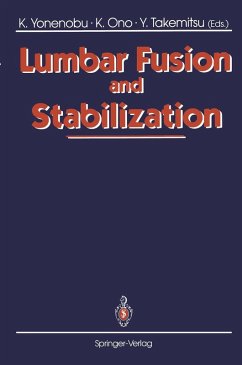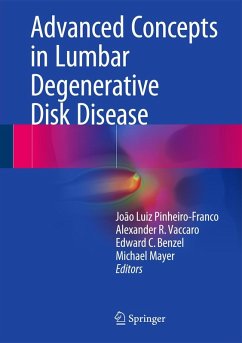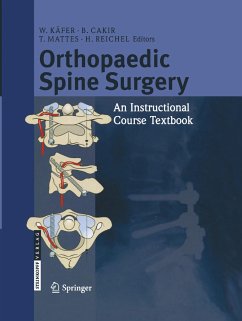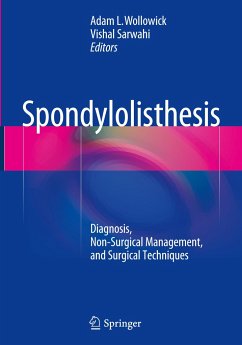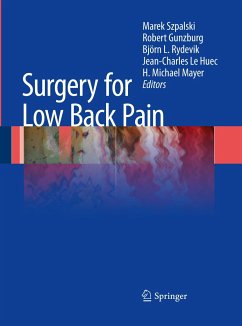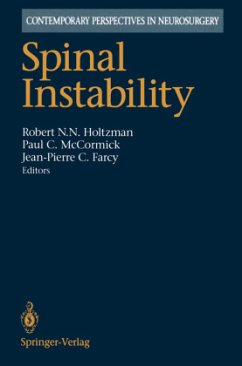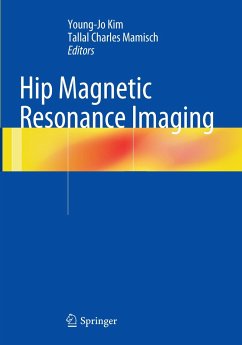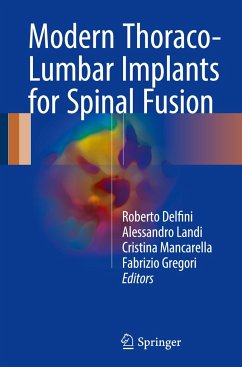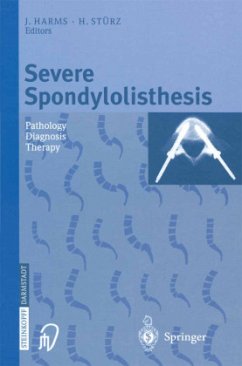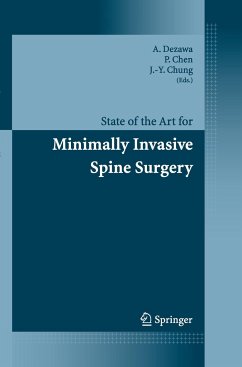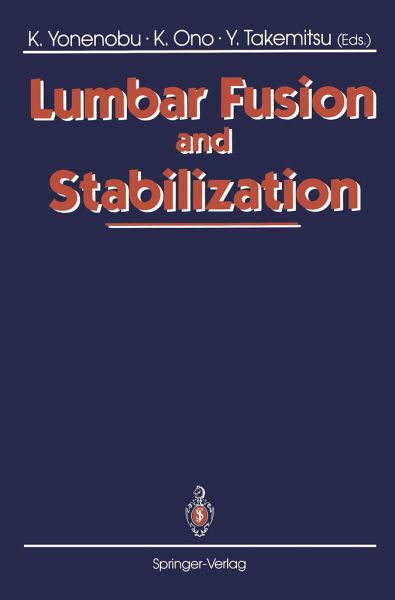
Lumbar Fusion and Stabilization

PAYBACK Punkte
19 °P sammeln!
Lumbar spine or back pain is one of the most important problems in orthopedics and neurosurgery today. Two key ways of treating this malady, lumbar fusion and stabilization, are critically discussed in the forty-three papers in this volume. They represent the best of the contributions to the 5th ICLFS, carefully selected and edited to give a good overview of recent knowledge and the state of the art.





